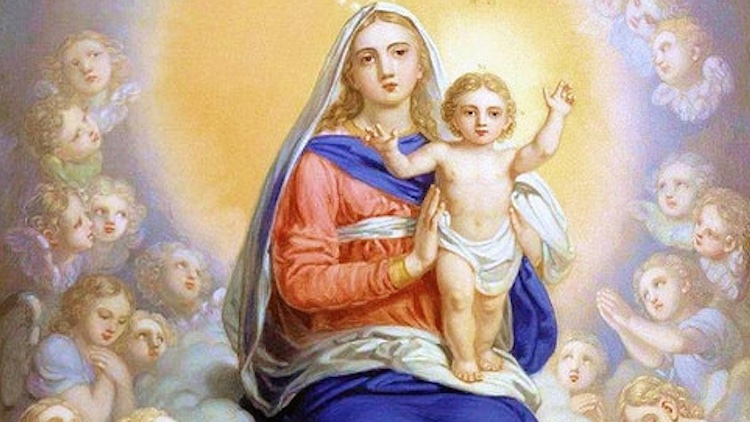God the Father, God the Mother
By Kripamoya Das | Июн 12, 2015

With the appointment of the United Kingdom’s first women bishops, Reverend Libby Lane as Bishop of Hull closely followed by the Reverend Alison White being appointed as the Bishop of Stockport, it was never going to be very long before observers of the Church would become interested in anything they said that appeared to be coming from an exclusively female perspective.
These two bishops, and may God bless them, are the first females to hold that title in the history of the Church of England, although the very first in the Anglican Communion worldwide was Katherine Jefferts Schori in the USA back in 2006.
In the UK, the fact that one of the longest-surviving establishment bodies, the Church, saw fit to change a long-standing tradition was the big news of the early part of this year. Many journalists wrote that the Church was ‘finally coming of age’ and ‘doing the right thing’ by removing what they saw as the largely contrived and antiquated block to women holding the post.
The fact is, of course, that 30% of the Church’s vicars are now women, and that proportion has been growing for a decade. Many say that the CofE wouldn’t be able to survive without them. At one-third I can believe them. Christianity, although still popular, has seen falling membership within the established denominations, and less men coming forward to become clergy. The need of the hour has seen women taking up a valued role in the structure of the Church – roles they are more than suitable for.
It is quite common to see a 60/40 women/men split of attendance to religious services. I have experienced this myself. Sometimes women outnumber men by 2-1. It makes sense that women play whatever role is needed within a religious body whose membership is disproportionately women. Their natural abilities in pastoral care and the nurture of faith suggest that their role has been downplayed for a while.
But this post isn’t about the role of women in the Church. Its about what happens when observers think that the changing make-up of the Church automatically produces a change of theology. I was interested in this piece about‘God the Mother’ and although it might be seen to be appropriate for the changing times, the fact is that the principle of God as Mother has been articulated for many centuries – by men.
Whether Shekinah, the feminine spirit of God in Judaism, or as ‘Mother of God’ in Catholicism, the feminine nature of God and that which emanates from God, has always been there. As a Vaishnava writer, I must also add that the existence of the notion of God and Goddess is much older than both of those religions.
Where there is a missing element in theology, there will always be an unconscious move to fill the gap. Theology changes ceaselessly until it finds a resting place, and that resting place is where perennial conundrums of philosophy are solved.
Whether or not we have female bishops (and I’m glad we do) it seems the right time to welcome back God the Mother.















